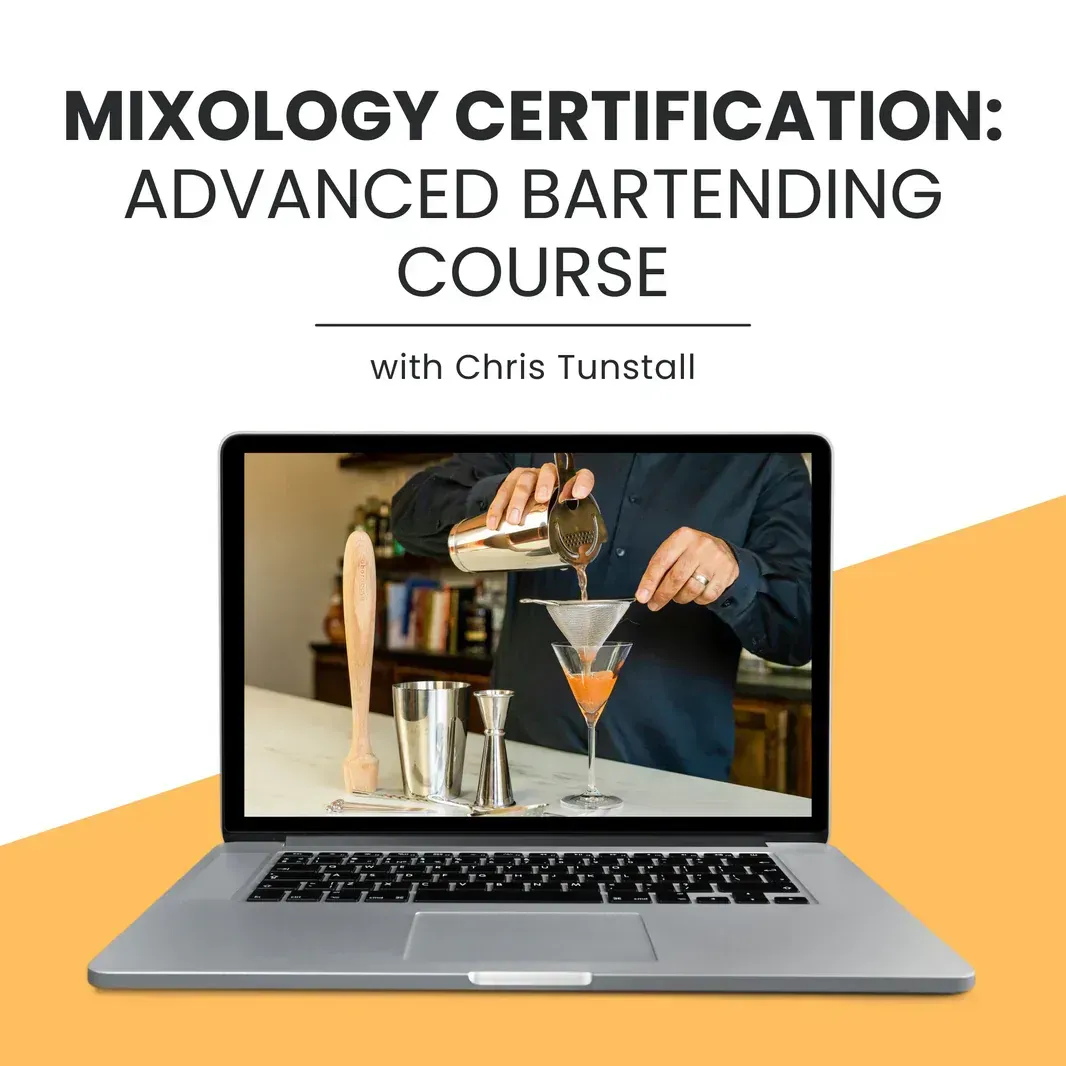
The Science Behind Shaking vs Stirring Cocktails
Introduction
Ever wondered why some bartenders shake a drink while others stir it? It’s not just for show—there’s actual science at play here. The method you choose can dramatically affect the flavor, texture, and appearance of your cocktail.
In this guide, we’ll break down the science behind shaking and stirring, explore when to use each method, and provide tips for mastering these essential techniques.
1. Why Technique Matters
The Role of Dilution
Shaking and stirring both chill the drink and dilute it to the perfect balance.
Ice melts as you mix, tempering strong spirits and enhancing flavors.
The Role of Aeration
Shaking incorporates air into the cocktail, creating a frothy texture.
Stirring keeps the liquid smooth and velvety.
Pro Tip: Experiment with both methods using the same ingredients to understand their impact.
2. When to Shake a Cocktail
Key Criteria
Use shaking for cocktails with juices, dairy, or egg whites.
Examples: Margaritas, Whiskey Sours, and Pina Coladas.
What Shaking Does
Vigorously blends ingredients: Ensures a uniform flavor profile.
Aerates the drink: Adds a frothy texture, especially in egg-based cocktails.
Rapid chilling: Achieves the perfect temperature faster.
The Science
Shaking creates tiny air bubbles, giving cocktails like sours their signature foam.
It breaks down ice faster, leading to more dilution—ideal for balancing bold flavors.
Pro Tips
Use fresh ice for the best results.
Shake for 10-15 seconds for optimal temperature and texture.
RELATED ARTICLES
1,The-art-of-garnishing-tips-for-stunning-cocktails
2,Top-5-classic-cocktails-and-how-to-perfect-them
3,Understanding-cocktail-ratios-for-balanced-drinks
4,The-science-behind-shaking-vs-stirring-cocktails
5,How-to-stock-your-home-bar-for-any-occasion
6,Cocktail-glassware-101-choosing-the-right-glass
7,Best-tiki-bar-essentials-gift-collection-ultimate-guide
8,Best-luxury-cocktail-garnish-tools-premium-guide
price:$51.16 USD
DETAILS:
500ml cap.
CLEANING TIPS:
Dishwasher safe.
3. When to Stir a Cocktail
Key Criteria
Stir drinks that are spirit-forward with minimal mixers.
Examples: Martinis, Manhattans, and Negronis.
What Stirring Does
Gently chills and dilutes: Preserves the clarity and texture of the drink.
Maintains elegance: Perfect for cocktails meant to be silky smooth.
The Science
Stirring keeps large ice cubes intact, resulting in slower dilution.
It avoids aeration, which can muddle the flavors of high-quality spirits.
Pro Tips
Use a bar spoon for precision and control.
Stir for 20-30 seconds to reach the desired chill and dilution.
4. Tools for Shaking and Stirring
Shaking Tools
Boston shaker: A two-piece classic for professionals.
Cobbler shaker: Includes a built-in strainer, ideal for beginners.
Hawthorne strainer: Essential for straining out ice and fruit pulp.
Stirring Tools
Mixing glass: Wide and stable, perfect for stirring.
Bar spoon: Long handle for smooth, controlled stirring.
Julep strainer: Removes ice while preserving liquid clarity.
Pro Tips
Invest in high-quality tools for better results.
Practice techniques with water before trying actual cocktails.
5. Common Mistakes and How to Avoid Them
Over-shaking or Under-shaking
Mistake: Shaking too long or not enough.
Solution: Aim for a frosty exterior on the shaker to signal the perfect chill.
Over-diluting
Mistake: Stirring or shaking for too long.
Solution: Stick to timing guidelines (10-15 seconds for shaking, 20-30 seconds for stirring).
Using the Wrong Method
Mistake: Stirring a juice-heavy cocktail or shaking a spirit-forward drink.
Solution: Always consider the ingredients when choosing your method.
6. Testing It Out: A Simple Experiment
Steps
Make two versions of a cocktail, like a Negroni—one stirred and one shaken.
Compare their appearance, texture, and flavor.
Note the differences in clarity, chill, and aeration.
Pro Tips
Repeat with different cocktails to refine your technique.
Ask friends for feedback on your experiments.
price:$249
Earn Your Mixology Course Certificate
Take the Two-Part Certification ExamComplete this online mixology class & demonstrate your growth and understanding of the material with a two-part final exam. This will earn you your mixology certification to show off your comprehensive knowledge and hard work to potential employers.
Conclusion
Shaking and stirring are more than just techniques—they’re the keys to unlocking the full potential of your cocktails. By understanding the science behind these methods, you can elevate your drink-making skills and impress your guests.
Call to Action: Ready to practice? Grab your favorite recipe, try both methods, and let us know which one you prefer in the comments below!

Affiliate Disclosure
We may earn a commission when you purchase through our links. This helps support our research and testing while maintaining editorial independence. Our recommendations are always based on product quality and performance.
Note: Prices indicated reflect current market conditions but may vary by region and retailer. Purchase from authorized dealers to ensure warranty coverage and product authenticity.

